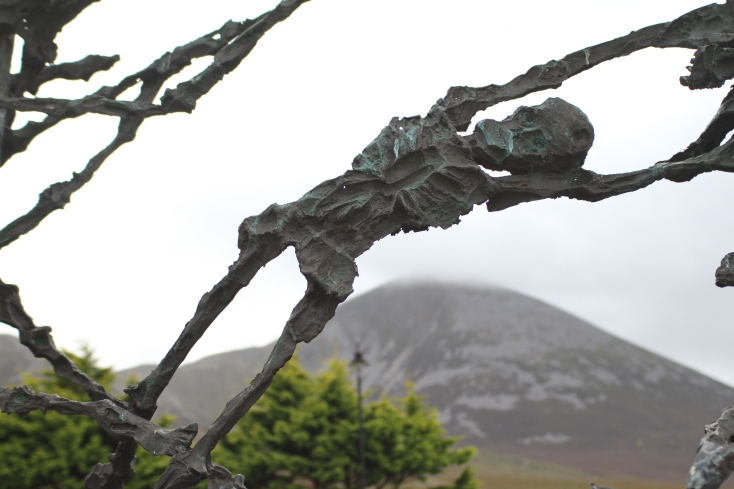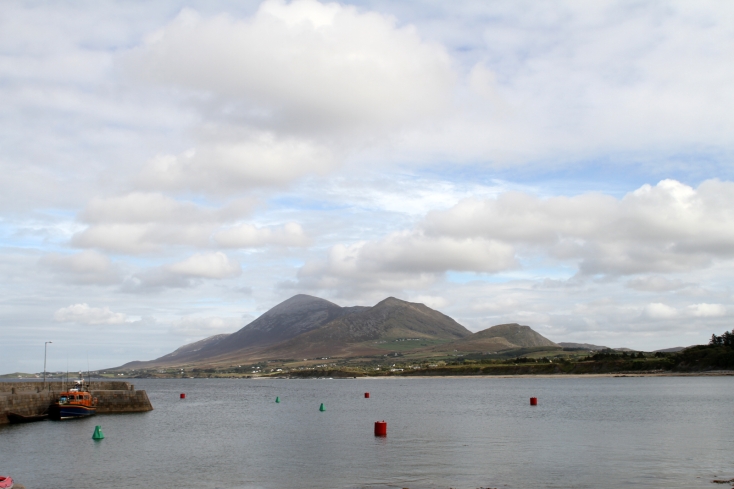
Nature is an infinite sphere whose center is everywhere and circumference nowhere.
Blaise Pascal
When a group of people meet for the first time in a room, perhaps with a view to a future collaboration, in general they stand in a circle so that as each one presents themselves the others can look and listen to them. To stand in a circle or around a table always marks the beginning of shared knowledge, of a shared work. It is the time when you leave the individual dimension to immerse yourself in a wider community. Children doing ring a ring o’ roses usually hold hands and stand side by side as they move along to the rhythm and in doing so the game commences.
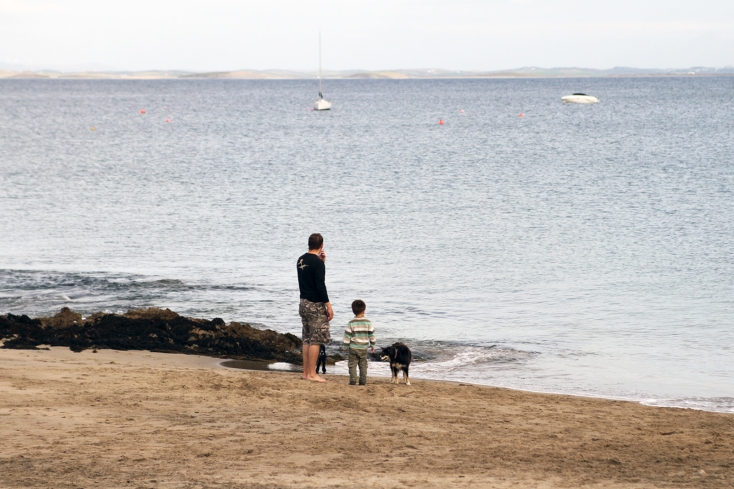
The ancient amphitheatres were built in the form of an incomplete circle, the opening of which was occupied by the stage, the centre of attention and connection point between the two ends of the tiers. Clew Bay inspires this exact same feeling: the city surrounding it, in place of the amphitheatre, holding hands, all eyes turning toward the ocean that winds between the many islands of the basin (365 in fact, just like the days in the year according to legend), as if in a common connection.
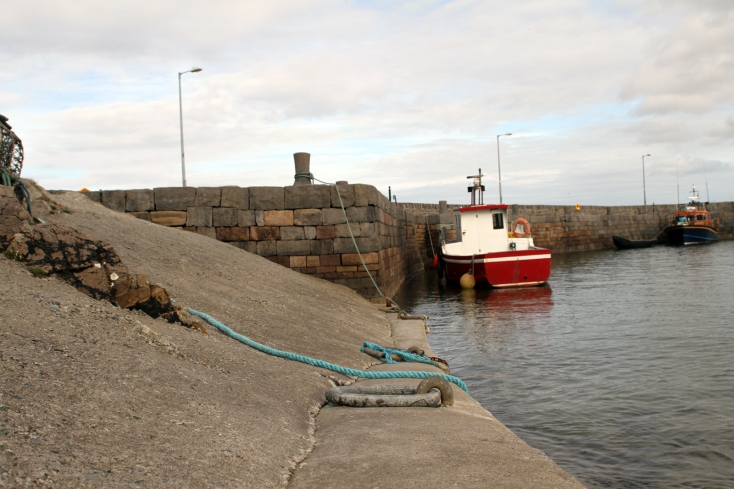
From Louisburgh to Westport
The southwest corner of the bay is home to the town of Louisburgh. It owes its name not to the Irish but to the first Marquis of Sligo who named the village after a Canadian fortress in memory of his Canadian uncle who enlisted in the British army and fought against the French for colonial rule. Louisburgh is the opening through which you can reach the separate worlds of Inishturk and particularly Clare Island, the sentry post of nature at the entrance to the bay. It was exactly in the Louisburgh area that Grace O'Malley was born, the pirate queen who did not accept rules and constraints and probably had in her blood the same sense of freedom that you breathe while looking at the ocean from the outskirts of the city.
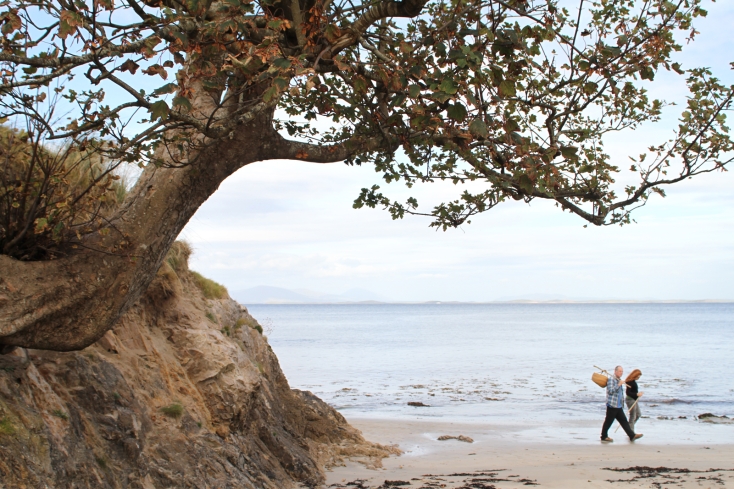
Heading east along Clew Bay and then inland, we find ourselves in the vicinity of Croagh Patrick, the mountain sacred to St. Patrick that watches over the bay, looking the clouds in the eyes as they take the form of a jellyfish, others disk-shaped, and others intent on reproducing in the sky the flock of islands that populate the bay. The solidity of Croagh Patrick seems to come from the energy that the men and women of Mayo bestow upon it, increasing its weight, until it becomes gigantic, an indestructible strength of the mind and heart. Croagh Patrick is in fact the silent and paternal backdrop to many of the most spiritual places in the area, such as Murrisk Abbey and the National Famine Monument, a bronze sculpture depicting a ship dominated by dozens of flying skeletons, ambassadors of the great famine, fading as the red sun sets over the bay, truly unforgettable, just like the sun.
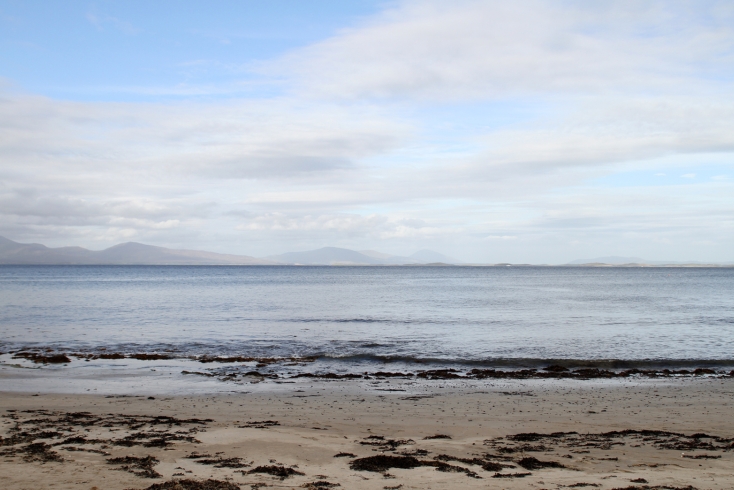
Westport is the most inland dock of Clew Bay and brings with it the vitality of its inhabitants, the music that pervades every hour and the history of Westport House, one of Ireland’s most beautiful eighteenth-century residences. Walking through the streets of the town is like moving though a painter's palette with all the colours that alternate between the houses. Westport oozes life, like a teenager on a daily quest of discovery, learning more each day, ready to share it with others. The port tells of a community in perfect balance between the past, present and future, through individual achievement and sharing of perspectives: fine restaurants and old taverns, small fishing boats and luxurious private boats, all fully sharing the belief of being exactly where they want to be.
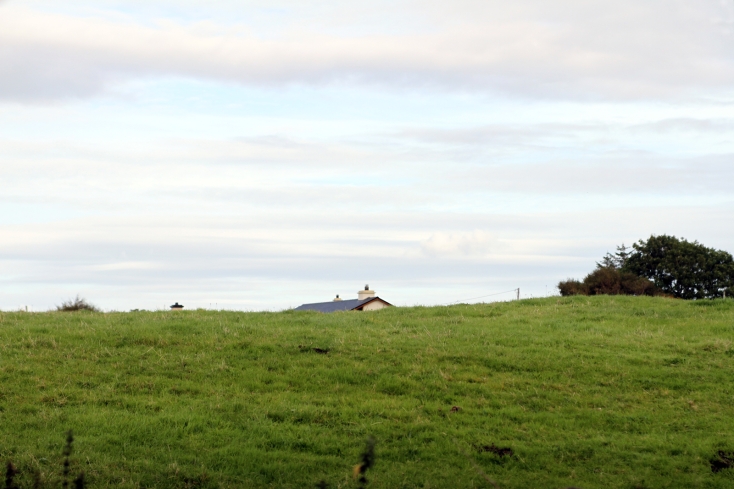
From Newport to Mulranny
Leaving Westport and heading north to Newport, you’ll find a picturesque town that in 1700 was home to a flourishing production of linen by a group of Quakers. Newport is characterized by a humble but powerful beauty with many hidden surprises, like the evocative disused railway viaduct crossing the river that at sunset casts its seven arches on the water in an exciting game of blue and orange. This same colour scheme is produced by the stained glass made by Harry Clarke in 1930 and which adorns the imposing Romanesque church of Saint Patrick, known locally as the "cathedral of Newport".
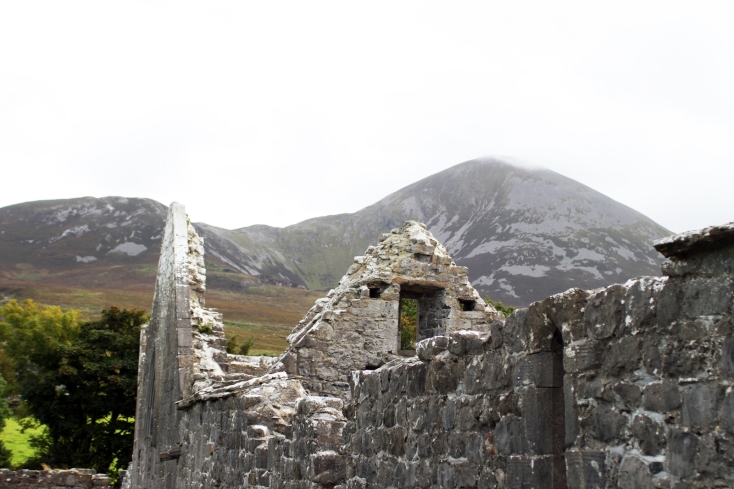
Proceeding westwards from Newport to Mulranny, the road presents the possibility to visit two places that have very different relationships with the bay. The first is Burrishoole Abbey, a place of peace, hidden from the hustle and bustle of daily life. It begs to be found, sitting on the edge of an inlet that isn’t the sea or the river but both of them. The small boats anchored in front of the convent and the life buoy hanging on the entrance wall to the cemetery are evidence of a community that doesn’t engage in unnecessary conflicts between life and death. Secondly, Rockfleet Castle, just to the west, is one of the strongholds of the O'Malley family and recalls great conquests and adventurous raids in and out of the bay.
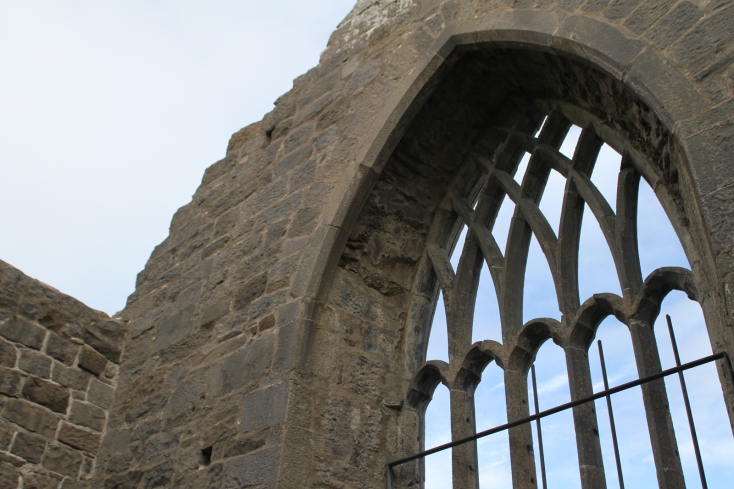
The ampitheatre that is Clew Bay closes to the northwest with the village of Mulranny at the foot of the Nephin Mountains. Mulranny has the poetry of its neighbouring towns, of passing through, it has the attractive power of the gateway. Situated on an isthmus, it is washed by the waters of Clew and Blacksod Bay and marks the start of the Corraun Peninsula, wonderful antechamber to the treasures of Achill. Mulranny offers a little land, sky and an abundance of sea with beautiful views visible all along the Great Western Greenway, a modern bike path converted from an old railroad, one of the most appealing landmarks. Mulranny closes the circle of the town overlooking Clew Bay, and does so in the best way possible: with one eye inwards, through the islands of the bay, and the other - to infinity.
